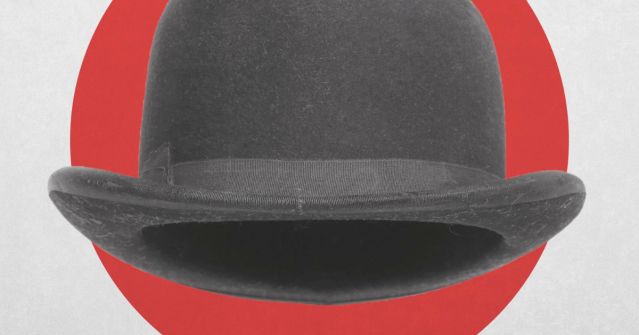Deception
Self-Deception, Part 10: Sublimation
The final installment in a new 10-part series on ego defenses.
Updated July 22, 2024 Reviewed by Abigail Fagan
Key points
- This 10-part series on self-deception spotlights some our most important ego defences.
- Here in Part 10, we look at sublimation, which is the channeling of bad feelings into productive activities.
- Sublimation is regarded as the most adaptive of all ego defenses.

If a person’s partner has just left her for someone else, she might fly into a rage and cut up all his clothes… or she might instead write a poem that expresses how she feels. The first instance (cutting up her partner’s clothes) is an example of displacement, the redirection of uncomfortable feelings towards someone or something less important, which is an immature ego defense. The second instance (writing a poem) is an example of sublimation, the channeling of uncomfortable feelings into socially condoned and often productive activities, which is a much more mature ego defense.
And if the poem or poet were one day to be recognized, would that not be the sweetest revenge?
Another example of sublimation is the person with sadistic or homicidal urges who joins the military to provide an outlet for these urges, or who, like Justice Wargrave in Agatha Christie’s And Then There Were None, becomes a judge who liberally awards the death penalty in murder cases. Right at the end of the novel, in the postscript, a fishing trawler dredges up a bottle just off the Devon coast. The bottle contains the confession of the late Wargrave in which he reveals a lifelong sadistic temperament juxtaposed with a fierce sense of justice. Though he had longed to torture, terrify, and kill, he could not justify harming innocent people: Instead he became a "hanging judge" thrilled at the sight of convicted (and guilty) people trembling with fear.
Leonardo da Vinci arguably sublimed his homosexuality into his art. Leonardo never showed any interest in women and even wrote that heterosexual intercourse disgusted him. He never married but chose instead to surround himself with beautiful young men, most notably Salai (a nickname meaning "little devil") and Melzi, both of whom Leonardo included in his last will and testament. In 1476, at the age of 24, Leonardo was twice charged with sodomy, even though the charges were common in the Florence of the quattrocento and later dropped for want of witnesses.
As in his life so in his art: Leonardo drew many more male than female nudes and paid much more attention to the male genitals. Many of the figures in his paintings appear androgynous, especially the John the Baptist who, complete with the fine curls of Salai, looks nothing like the biblical cousin of Jesus and everything like Salai or, indeed, Mona Lisa. And if all that were not enough, there is also a drawing, The Incarnate Angel, from the school of Leonardo that appears to be a humorous take on the John the Baptist, portraying John/Salai with a big, fat erection.
Another example of the sublimation of a sexual impulse is that of Gustav von Aschenbach, the middle-aged protagonist of Thomas Mann’s Death in Venice. Aschenbach, who is the alter ego of Mann, is a famous writer suffering from writer’s block. While staying at the Grand Hôtel des Bains on Venice’s Lido Island, he is taken by the sight of a beautiful adolescent boy called Tadzio who is residing at the hotel with his aristocratic family. Aschenbach becomes more and more obsessed with Tadzio, even though he never talks to him and still less touches him. Instead, he sublimes his longing, which he eventually recognizes as sexual, into his writing.
Thus, in Chapter 4:
"...he, in full sight of his idol and under his canvas, worked on his little treatise — those one-and-a-half pages of exquisite prose, the honesty, nobility and emotional deepness of which caused it to be much admired within a short time. It is probably better that the world knows only the result, not the conditions under which it was achieved; because knowledge of the artist’s sources of inspiration might bewilder them, drive them away and in that way nullify the effect of the excellent work."
This concludes this 10-part series on self-deception, which I hope you found informative. There is much more in my book, Hide and Seek: The Psychology of Self-Deception.


